Can a model trained on satellite data really find brambles on the ground?
Over the summer Gabriel Mahler has been conducting research on hedgehog habitat mapping using Agent Based Models (ABMs) and remote sensing. Hedgehogs seem to like brambles and so as part of his work he has produced a bramble map. He did this by combining the TESSERA earth representation embeddings (using the geotessera library) with data from iNaturalist. The current model is an ensemble of logistic regression and a knn classifier.
Can we really see brambles from space? What better way to test the model than a quick field trip around Cambridge. Gabriel, Anil, Shane and I did just that today.
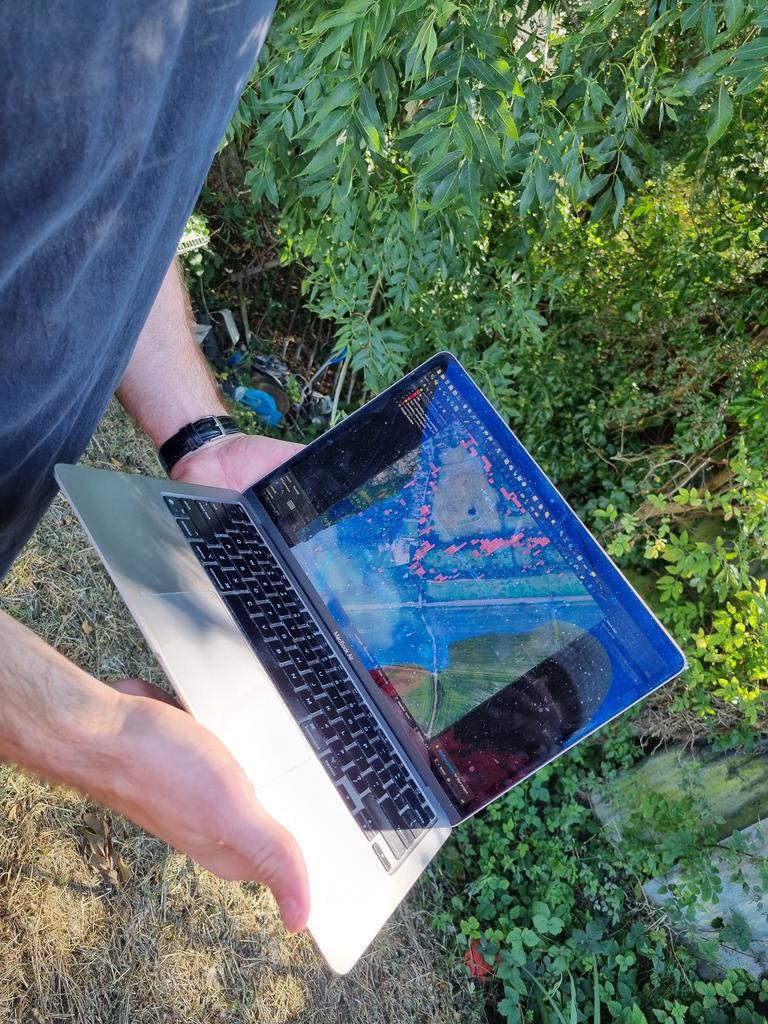
We started at Milton Community Centre, as the model was relatively confident there were brambles near the car park and along the path to Milton Park. It took us about 20 seconds to find the first one in an area indicated by the model.

So it turns out that there's a lot of bramble between the community center and entrance to Milton Country Park. We stopped six or seven times before reaching the park entrance. While the model predicted we'd find brambles all over the park, we went for the few areas of very high confidence near the entrance. In every place we checked, we found pretty significant amounts of bramble.
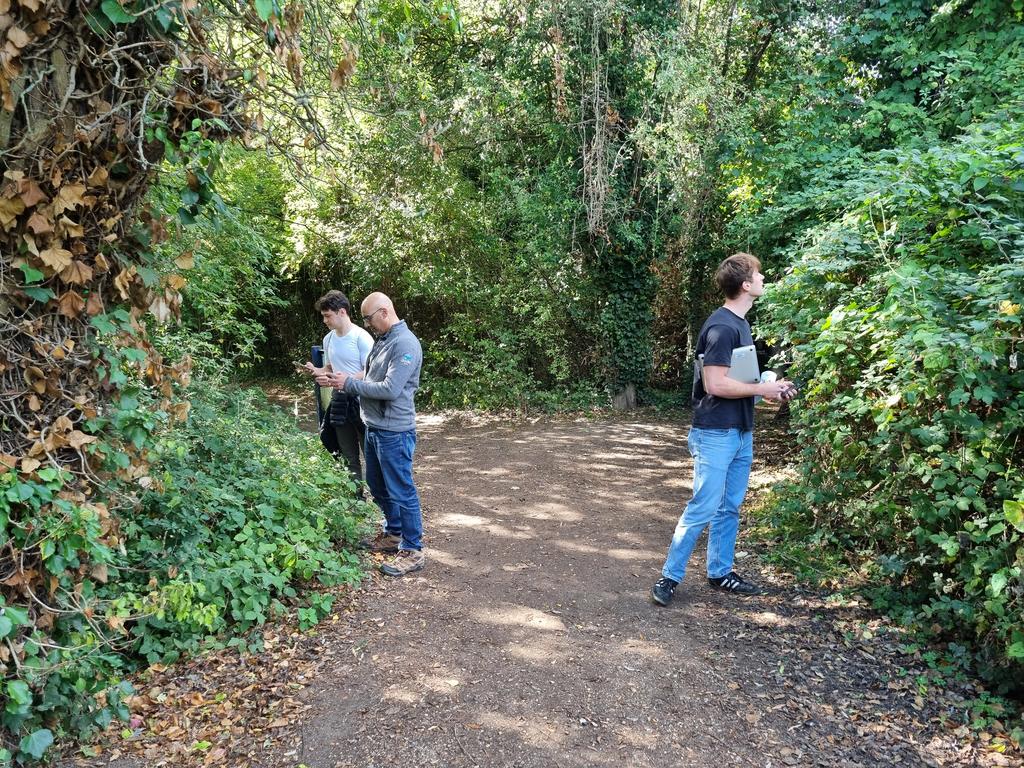
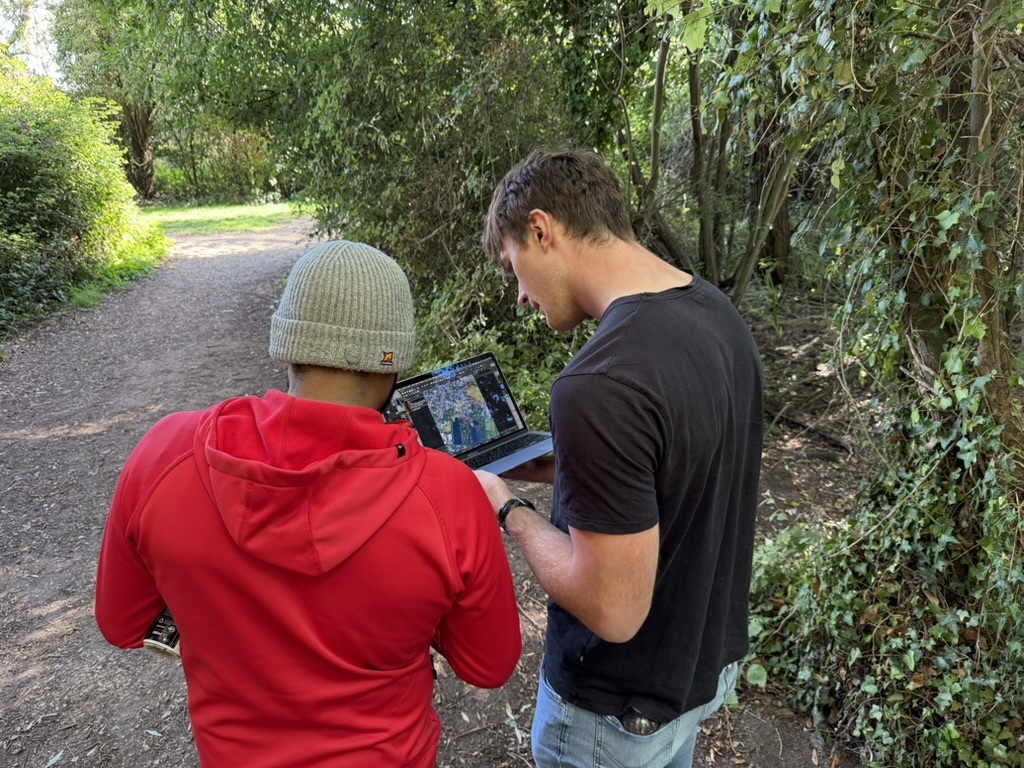
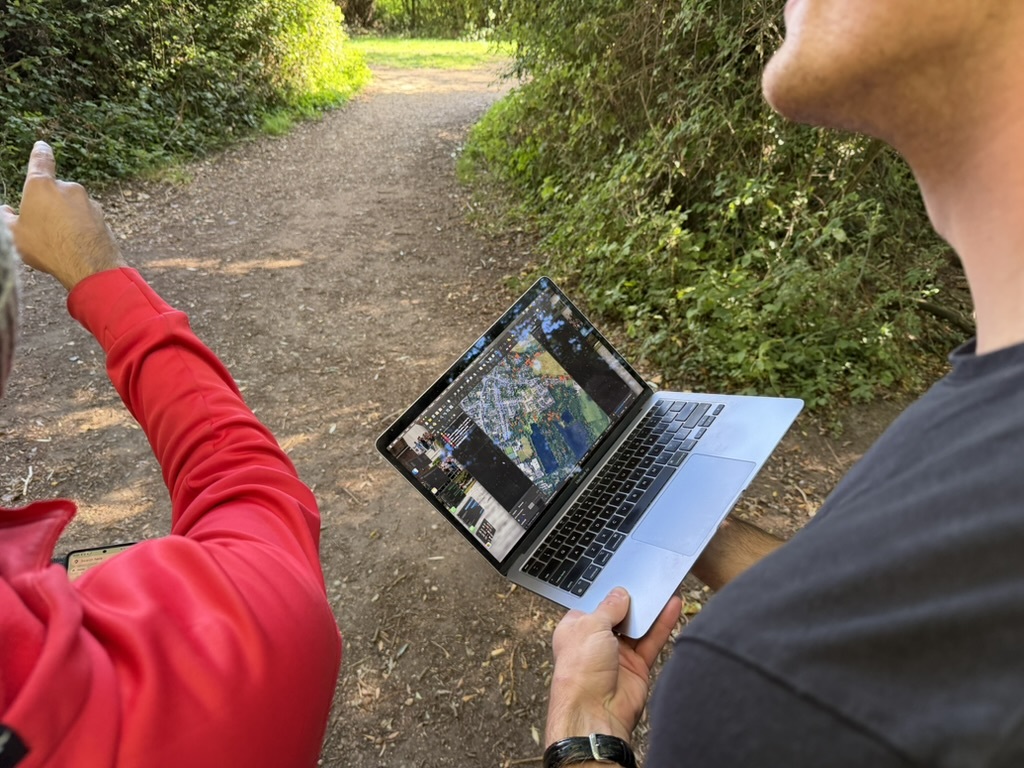
We collected photos of all the places we stopped, as well as recording our GPS location. One thought while out exploring is that the model did a great job predicting where we would find very large quantities of bramble without any cover. It didn't have high confidence in other areas where we found smaller brambles under partial cover. Since TESSERA is learned representation from remote sensing data (Sentinel 1 and 2), it would make sense that bramble partially obscured from above might be harder to spot. This is something we can potentially tease apart when we have more validation data.
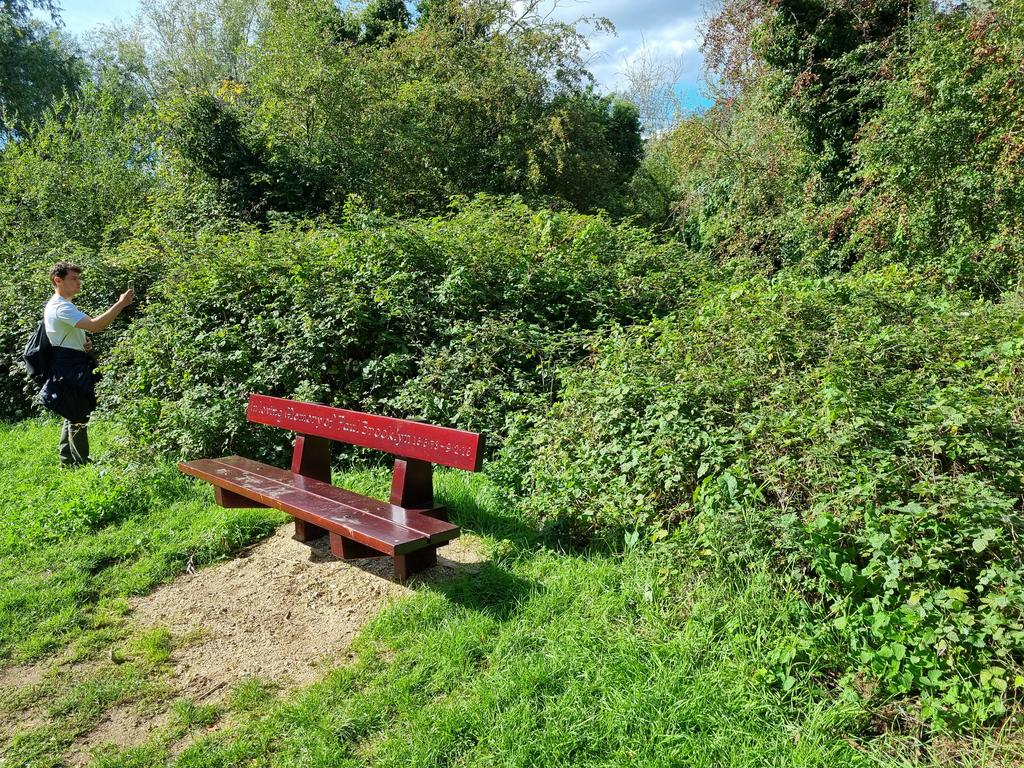
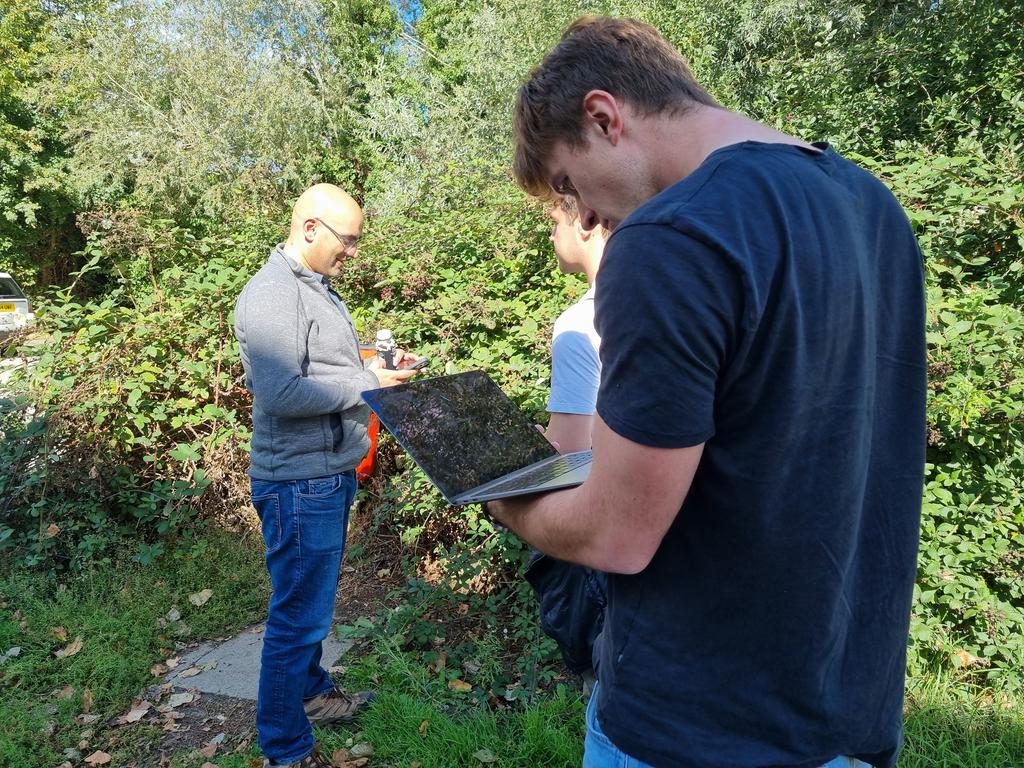
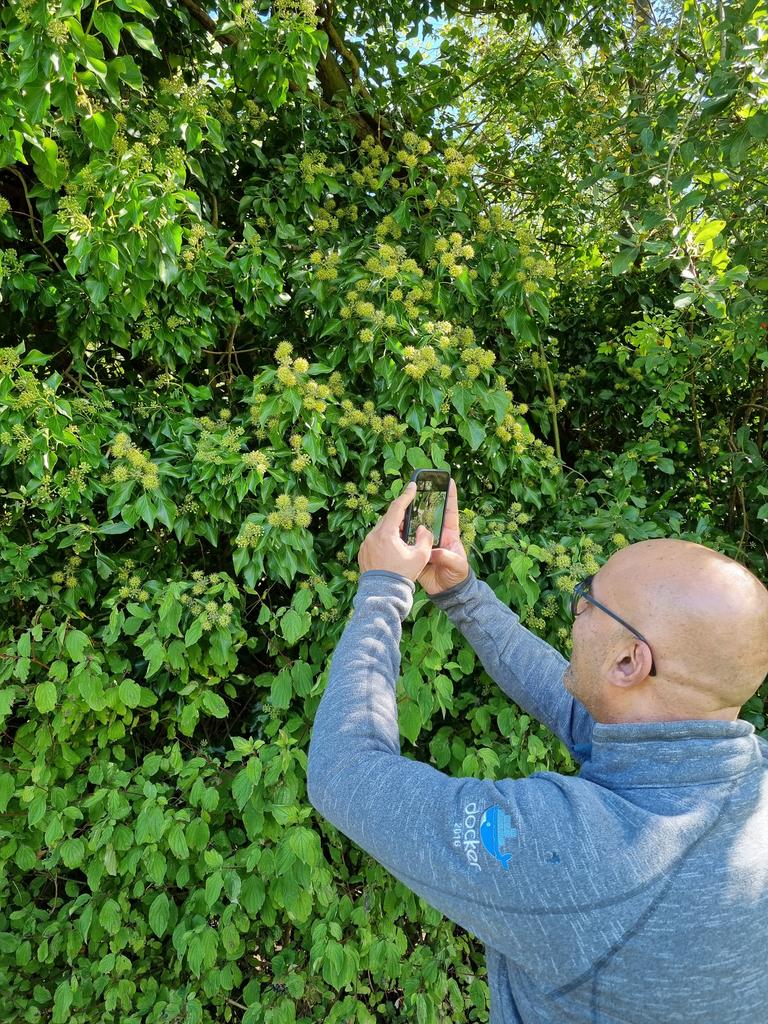
Finally, we were satisfied the model was doing a good job in the park area and decided to pick a hotspot the model was predicting in part of a residential street. We drove over to find an empty plot that did indeed have a lot of bramble!
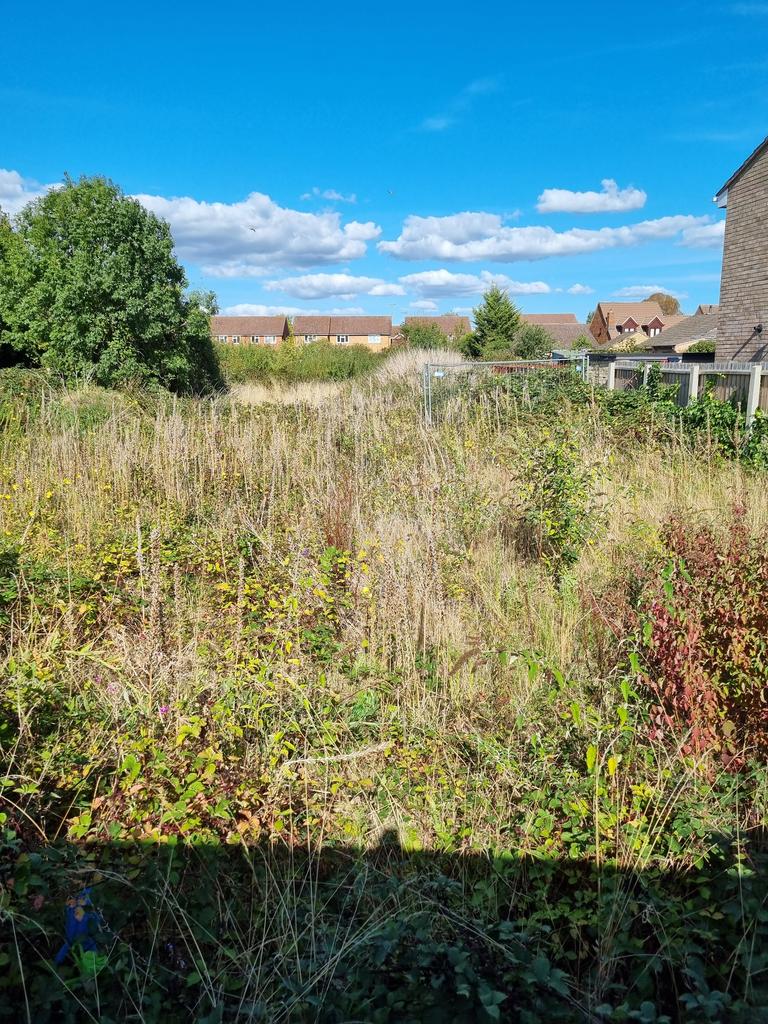
Another hotspot was on Fen Road and we stopped by to find this absolute unit:
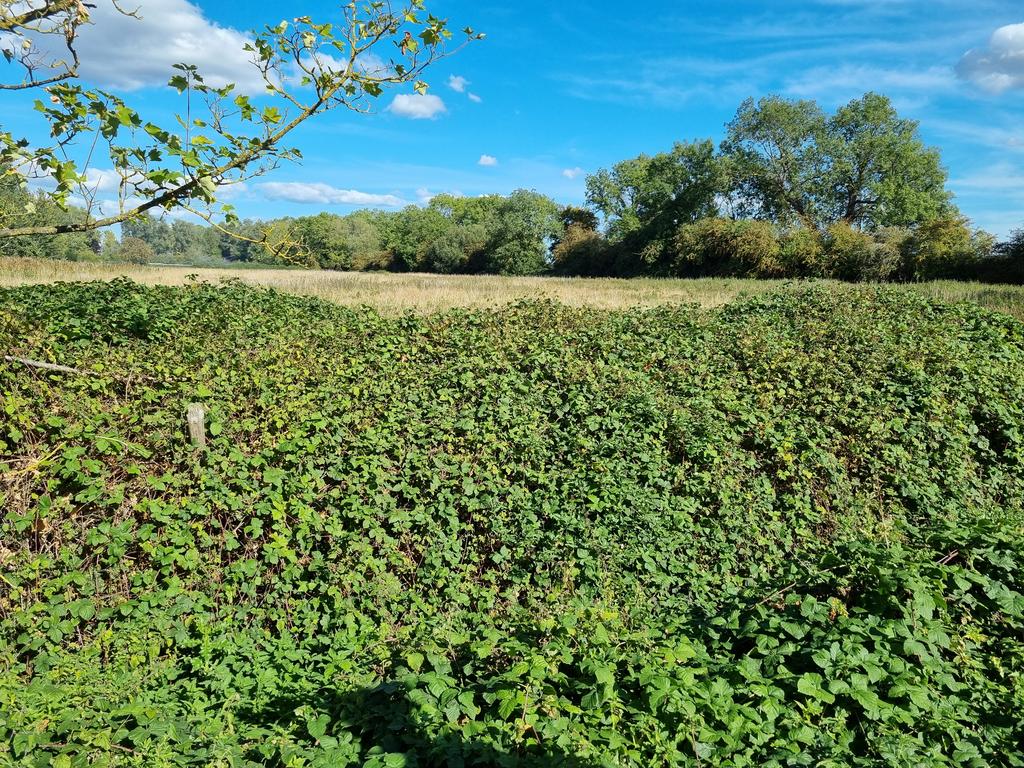
Finally, we headed back in to Cambridge to see what one of the big hotspots in North Cambridge was like. To our amusement we ended up at the local nature reserve Bramblefields, which, true to its name, has a lot of bramble.
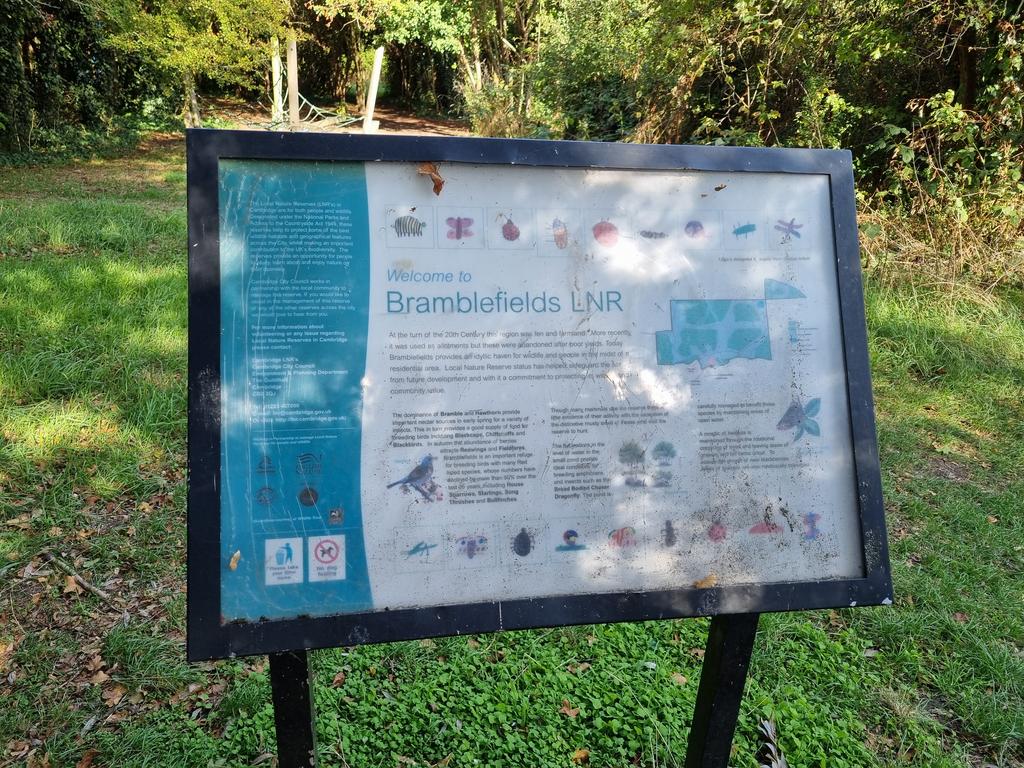
I was pleasantly surprised by how good Gabriel's model was for its simplicity. Great work!
We had hoped to actually re-run the model based on the data we were gathering but that proved tricky on a laptop, in a park. Given the richness of the TESSERA embeddings and the simplicity of the classifiers being used, a mobile phone-based human-in-the-loop active learning setup could be practical..
